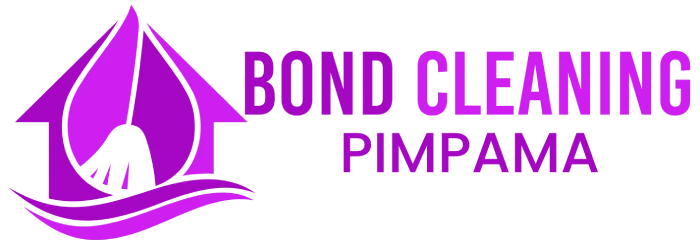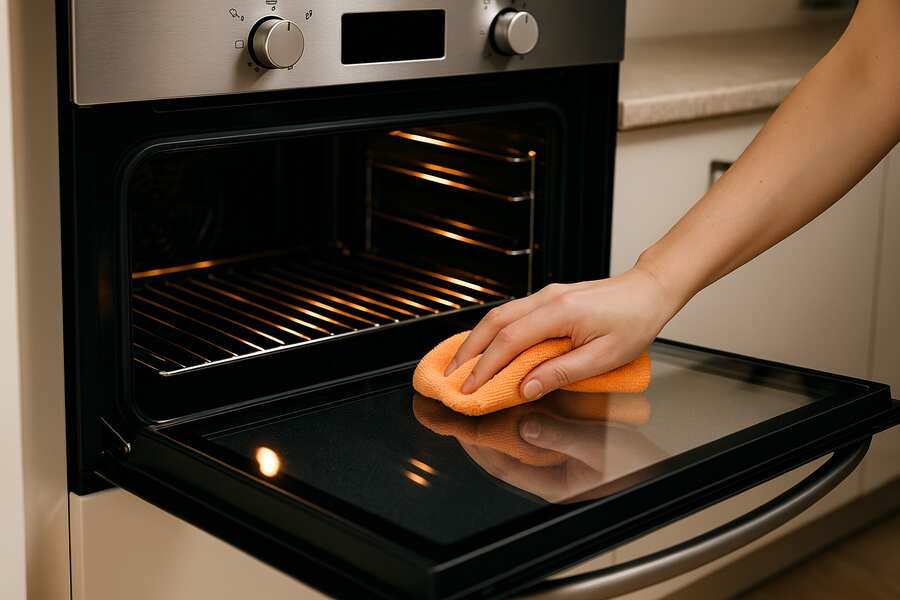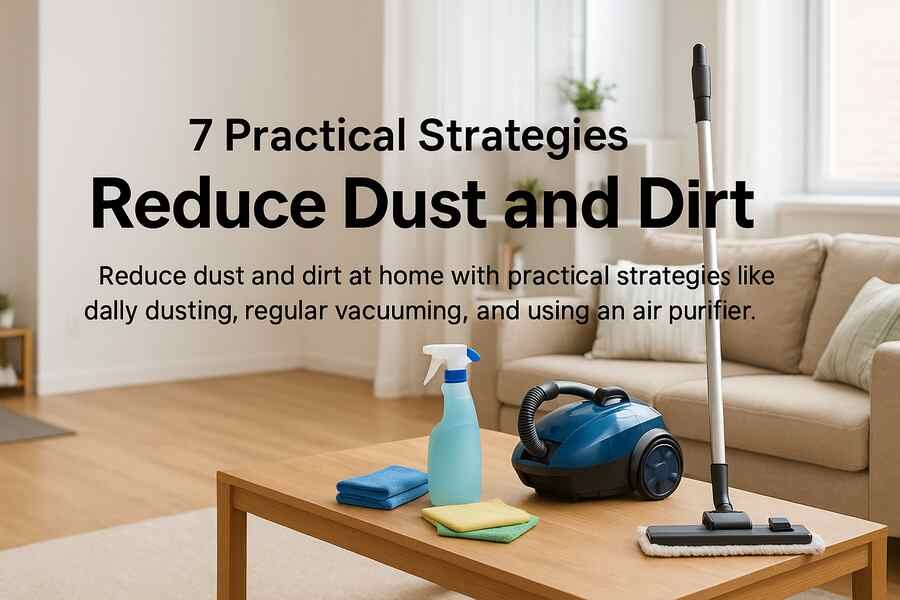Eco-Friendly Methods for Maintaining a Clean Bathroom!

Eco-Friendly Methods for Maintaining a Clean Bathroom!
Bored of having to hold your breath upon spraying a caustic restroom cleaner? Have you ever wondered how it could make your bathroom glamorous without polluting the air with toxic compounds?
How about telling you you must no longer maintain a fresh, clean, germ-free bathroom? Does that mean at the expense of the planet or your health? Your bathroom is the most frequently visited location in the house, and it needs proper care in a highly efficient and environmentally friendly manner. You might have a grimy grout that needs to be cleaned, need to build up the soap scum in a tub, or any other reason that you need to clean something, but natural, sustainable products will work just as (or even better) than their chemical-based alternatives.
Bathroom Green Cleaning
Just like household disinfectants, the majority of kitchen cleaners contain harsh chemicals. Most cleaner pesticides classified as antibacterial agents have been linked to serious health complications in one way or another. Green cleaners are the best solution to your skin and health because Bond cleaning Pimpama uses products that are free of harsh chemicals and keep the bathrooms clean, safe, and chemical-free.
How could the toilet be Green Cleaned?
Bleaching powder is not a must to keep your toilet sparkling. Some homemade non-toxic bathroom cleaners can also eliminate stains from the toilet. To make a toilet sparkle, combine 1 tbsp baking soda and 1 2 cup vinegar. Leave to rest half an hour, and scrub. This detoxifies and removes brown stains without the use of bleach.
Bath Rub
Bathtub Cleaning: Recovering Scrubs.
The environmentally friendly way will be to include baking soda and a natural dish detergent in the form of a paste. This paste is tried and tested to help in removing soap scums on shower doors, in addition to ceramic tiles, which might be bearing hard water scums. Using a cloth or sponge, apply the paste to the surface and allow it to sit till the remnants are gone. After that, cleanse the surfaces with warm water and a towel. The same paste can be applied while scrubbing with a toothbrush to tackle the stains on the bout. Ensure you do not use too much paste as it might be abrasive on delicate surfaces.
Vinegar for cleaning showers and mildew buildup.
You can sprinkle vinegar on dirty areas and wait for it to dry. Then, wipe clean after a second sprinkle. Even though mild, vinegar’s acidity can kill some bacteria. It is easier to prevent mould than to clean it. So, if you could sprinkle vinegar mixed with water after every use, that would be great. The plastic or vinyl shower curtain could be fogged with the vinegar solution, or if the dirt isn’t that bad, you just need to spray a mixture of vinegar and water and scrub gently. Another method is washing the curtain with a sponge soaked in baking soda. If the mildew or build-up is more stubborn, remove the curtains from the hooks, and then wipe them on a flat surface to clean. The curtain can also be machine-washed. Do not use regular detergent!
Mix half a cup of baking soda with a few tablespoons of vinegar.
Drain
Most of the time, you would find your bathroom obstructed. One of the main reasons for this is that the hair is stuck in the drain. You would not even consider removing the clumps of hair, because you find it disgusting. Nonetheless, typical drain solutions contain a lot of poison from the sodium hypochlorite and sodium hydroxide, which, if allowed to come into contact with the body, would permanently injure the eyes and skin. Additionally, the lungs can be burned due to the vapours. Most cleaners also contain dimethylbenzyl ammonium chloride, a serious skin and eye irritant, and a neurotoxic eye irritant known as dichlorodifluoromethane. Hence, rather than causing harm to the environment with sodium hypochlorite and other harmful substances, you could make a safe option. To start, remove any visible obstruction. Then, sprinkle about 1 cup of dry baking soda down the drain, followed by approximately half a cup of vinegar.
Sink
Keeping the sink clean is once again a skill that can be trained through the methods which we have already discussed above regarding bathroom hygiene. Still, the sink is dirty all the time, which makes it hard to put effort towards removing the soap scum, which is stubborn. Instead, a cleaner in the form of a spray could be made by mixing half a cup of a natural bar of dishwashing soap, one cup of water and two cups of baking soda. This solution helps in removing the grime and soap scum in many stubborn places. Rub with baking soda and vinegar in outstanding proportions. Subsequently, be sure to rinse it. A lot of chrome fixtures also benefit from standard toothpaste.
Mirror
Only warm water and a clean, lint-free cloth are required to get a mirror of the utmost clarity. If one needs more tenacity in cleaning toothpaste spatters, a spray bottle containing an equal ratio of vinegar and water is effective. It is both convenient to sprinkle and to glass.
Floor
Bathroom mats are prone to quickly capturing dirt and moisture; therefore, they should be hung after every shower to dry. To revitalise your rug, simply cover it with baking soda, leave it to sit as you clean, then remove it by vacuuming to remove odours. Combine baking soda and warm water to clean sparkling tiles and mop the floor. Put a few drops to create a fresh smell. We spray the sink in small bathrooms to make a rush floor. Protection against harmful bacteria may be provided by keeping the bathroom dry and not using chemicals.
Wrapping Up
Cleaning the bathroom involves not using any destructive chemicals or polluting the environment. These green cleaning tips will also help you to get a sparkling home where your families are not held and the environment is not harmed. Go GREEN today. Your body, house, and world will thank you for every decision you make!


